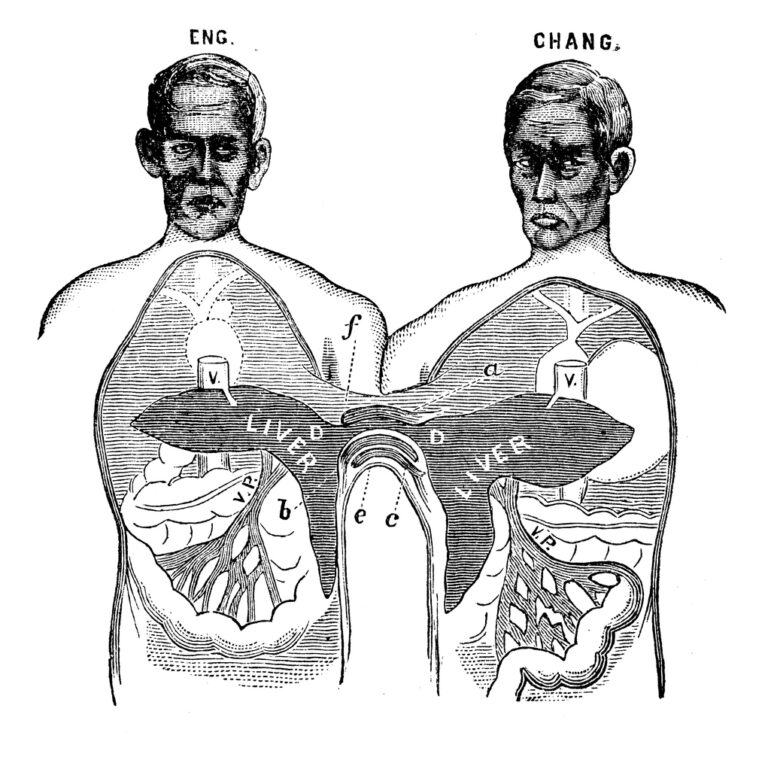A memoir of an Aboriginal woman, Tjanara Goreng Goreng, who began life without any of the advantages of her fellow non-Indigenous Australians except for grit, humour and diverse talent in spades.
Co-author of the book Long Way From No Go, and Adjunct Assistant Professor, Tjanara Goreng Goreng, speaks to MiNDFOOD about process of telling your own story.
Tell us about your new book?
The book started off as a reflective journal in 1995 as I was involved in the court case to put Leo Wright a Catholic Priest in jail for abusing me and three other young people in the 1960’s and 70’s in Queensland. It became cathartic, and as I kept writing for the next three years it turned into a faction (novel based on fact) which I entered into the 2010 David Unaipon Award for unpublished Indigenous writers. It was a finalist. A friend of mine Brian James a publicist sent it to Cathi Lewis at Wild Dingo Press and one day as I was eating lunch in Tenant Creek on my road journey to visit relatives at Uluru in 2012 University holiday break I got a call from her. She asked me if the story was true and I said yes and more of it. She asked if she could publish it as an autobiography and I said I would find it really hard to write it myself as it would be full of traumatic stories and I didn’t think I could do it. She suggested we enlist the help of a writer and I chose Julie Szego.
The book is about my life growing up in western Central Queensland as the only black family in Longreach, going to the local Catholic School, becoming a champion swimmer and thinking I could have everything. It’s about life in the outback, at Catholic schools in a very racist town. I didn’t realise at the time that I was black and would be discriminated against, struggle for everything and learn how to survive the evilest people I could ever meet via the Catholic Church which my mother hoped would educate us well enough to achieve success. It was this that is part of the underlying dark story of my life. I never expected to be abused and never expected that ‘spiritual’ people would do so, but they did. I survived but barely just – it was my education, my determination to be well, to prove them wrong and the gifts of amazing therapists and Indigenous healers and cultural Elders that ensured I would. Along the way, I lost most of my relationships with my siblings except three of the seven due to the abuse and the secrets and to my own un-wellness. I developed Dissociative Identity Disorder as a result of the abuse and spent the past 25 years in therapy and in clinics recovering from it. I can now declare I’m well and recovered, no longer suicidal and happy. When I moved to Canberra in 1978 after Teacher’s College it opened up an amazing world. I was thrust into working for Aboriginal political leaders and involved myself deeply in the movement for rights. I married a press gallery press photographer who was also a war correspondent often off to wars while I worked in the new national Indigenous organisations and other government agencies. I loved my world and my life, I was young in my twenties, earning good money, married to an extremely charming and clever man, mother to a new daughter and socialising with journos, politicians and the soon to be leaders of our country. I saw up close and personal people such as Bob and Hazel Hawke, Paul Keating and a number of award-winning journos who would often spend hours smoking dope and drinking at our house which was the closest house to Parliament House, so everyone converged on it if the Press Club was closed. It was in this world that I saw many things you can’t imagine, and it was fun. The book also covers my career, travels, recovery from abuse and time in the mid 2000’s when I was accused of breaking the Australian Public Service Code of Conduct by whistleblowing on the Minister for Aboriginal Affairs about the intentions of the NT Intervention and the ensuing scandal, court case and recovery from that. It also covers my cultural upbringing and deep learning of traditional medicine practice and cultural business as an older woman.

Why is it the right time to tell your story?
Australia has a long black history and a history where many of us had to face great odds to survive but we did in the face of many government policies that did not support our sovereignty or rights. This year the NAIDOC theme is Because of Her I can, and it was because of my mother and the strong women in my family who survived that I am what I am – it is because of my mother I and my six siblings got the education we did and became who we are. It is because of all those generations of women that my daughter and granddaughter will have different lives. The Royal Commission into Institutional Abuse was also meeting, and I took the opportunity to tell of my experience of the Catholic Church’s coverup of paedophile rings in Central Queensland. It is also my 60th year and I think about moving into Eldership and politics, a place I’ve always been close to and involved in in my life. It’s a unique story and one which was very powerful for me to write and record. I think often of supporting those who don’t think they can make it or recover from childhood abuse or violence or addiction and I’m a testament to the fact you can.
How was the experience of writing the book?
It was challenging, beautiful and powerful and I’m very grateful to Cathi Lewis at Wild Dingo Press for her enthusiasm and unwavering support.






